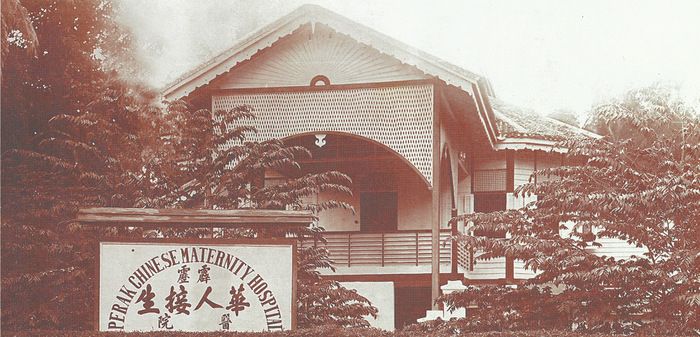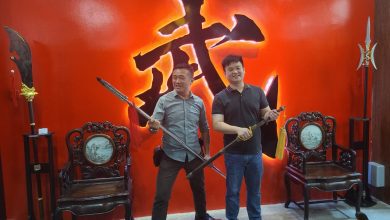Heritage: A Heritage that Spans 115 Years


By Ian Anderson
Ipoh was a dreadful place in the 1880s with hundreds of Chinese immigrants living cheek by jowl in wooden shacks leaning against each other. There was no sanitation or running water and life-threatening diseases, particularly Cholera, Beri-Beri, mysterious fevers and dysentery, were prevalent. In 1889, the British Colonial Government built a small hospital to care for these diseases. It was between the first railway station on Connolly Road and the police station. The hospital was said to have beautiful gardens for the recuperation of those who survived, but no maternity facilities.


This shortcoming was of great concern to the mining Towkays who felt that the wives of their compatriots (particularly the poor) should have professional care to deliver their babies. The idea of a Chinese Maternity Hospital was born. Towkay Cheah Cheng Lim donated the land at Chamberlain Road. Funds were raised with the help of two famous miners, Foo Choo Choon and Leong Fee. The hospital opened in 1904 under the guidance of the ‘Protector of Chinese’, William Cowan, and Dr R.M. Connolly, the State Surgeon. It was a shining example of traditional Chinese philanthropy, providing free medical treatment for those in need.
From this small beginning, the Perak Chinese Maternity Association, formed on January 6, 1923, and in 1924, the hospital provided free maternity delivery at home and the training of midwives. However, as the years rolled by, despite the success of this venture, there was a need for a new hospital with more beds and improved facilities.
In 1937, with great determination, the then Medical Superintendent, Dato’ Dr Khong Kam Tak took on the role of Fund Raiser and with help from the government and public donations, he managed to raise $135,300. A generous plot of land in Kampar Road was donated jointly by Chinese Towkays Foo Nyit Tse, Foo Choong Nyit and Chang Chong Siew. Building works could commence! The newly-completed Perak Maternity Hospital was opened by the High Commissioner of the Federated Malay States, Sir Shenton Thomas on October 7, 1939.


But disaster was not far away. The Japanese invasion in December 1941 forced the evacuation of the hospital which became the Japanese Air Force headquarters. The hospital moved back to Chamberlain Road with its 20 beds. Nonetheless, throughout the Occupation, patients were given free treatment, medication and food. Medical care was rendered by dedicated volunteer doctors.
Towards the end of the Occupation, the Ipoh airfield was bombed by the British and the runway was rendered unusable. From then until the Japanese surrender, both Japanese and German warplanes were forced to land in Kampar Road and park in front of the occupied building.
After the Japanese Occupation, the Kampar Road building was leased to the British Military for $900 per month until it reverted to a hospital in July 1949. Today the renamed Perak Community Specialist Hospital continues to build on its 115 years of heritage, providing affordable quality healthcare to the community.
Great Oaks from Little Acorns Grow – A 14th Century Proverb.


